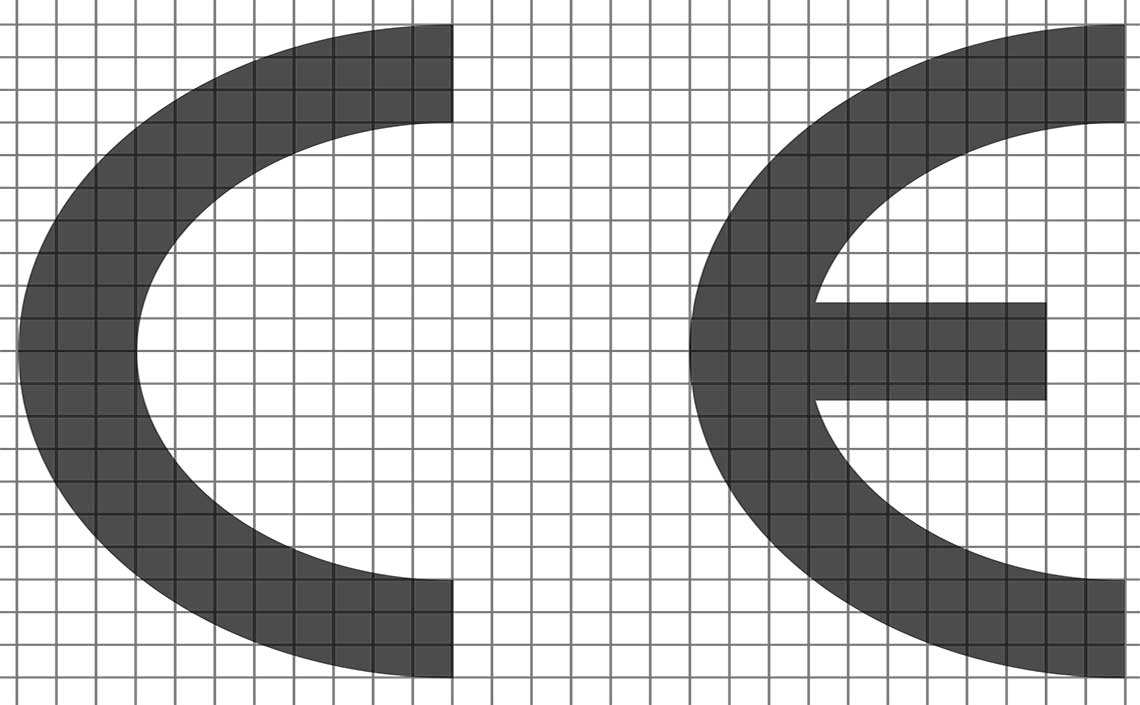Used Racking
There is a vibrant second hand pallet racking market in the UK. However it is perhaps not as big a market as you might think. Before deciding whether to buy second hand pallet racking you must ensure that you have taken all reasonable precautions to ensure that the racking is safe. Logically there is no difference between racking that you may have purchased new say five years ago and then dismantled and re-erected in another building to used racking purchased from a third party of the same age. But in this second scenario can you be sure of how the racking has been looked after. One of the biggest problems with second hand pallet racking is if it has been kept outside for any period of time. If it has the inside of the beams could be rusting thus affecting the load carrying capacity. Some Recommendations: Only buy secondhand if you know the history of the racking from new; Beware of “refurbished” racking, this could mean that the rust has been painted over Only buy the racking if it has been kept inside Only buy the racking if the supplier will put SEMA load notices on the racks; Only buy racking that is still readily available new should spares be needed; Always get a price for new as believe it or not it can sometimes be cheaper.


